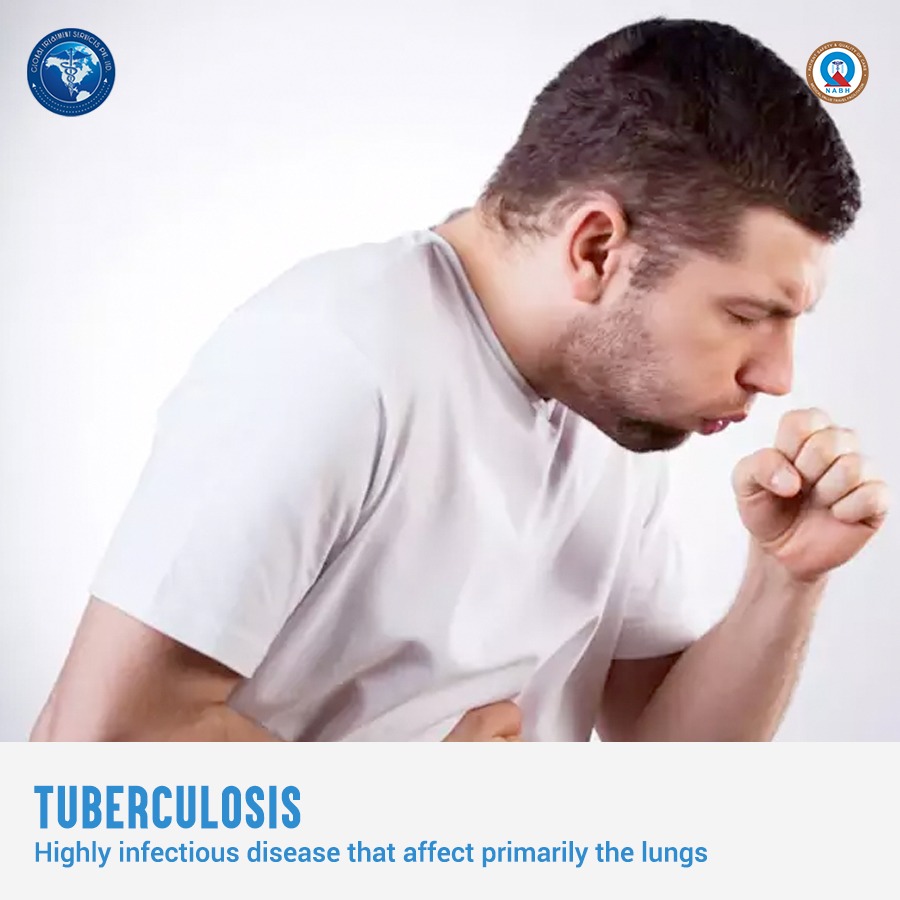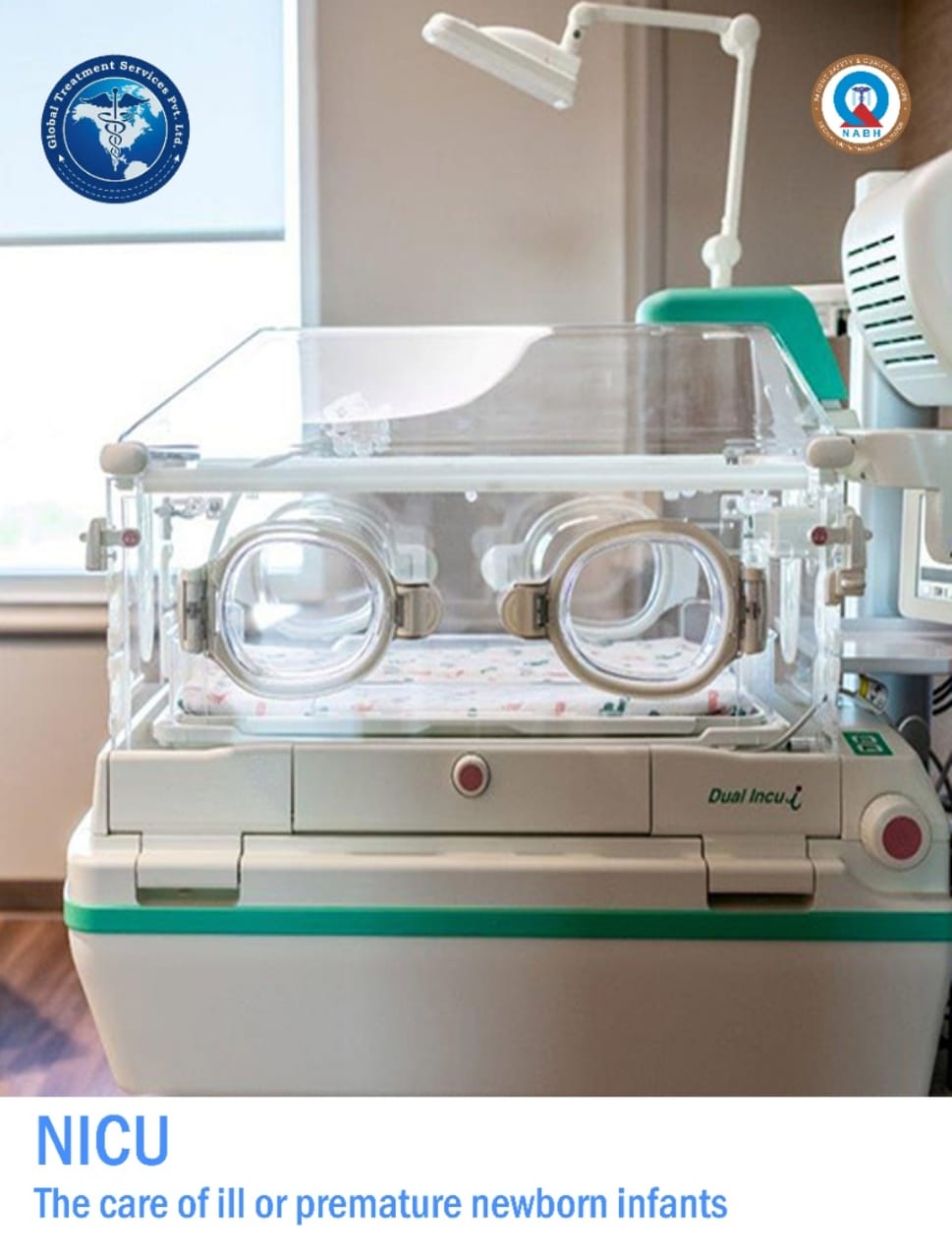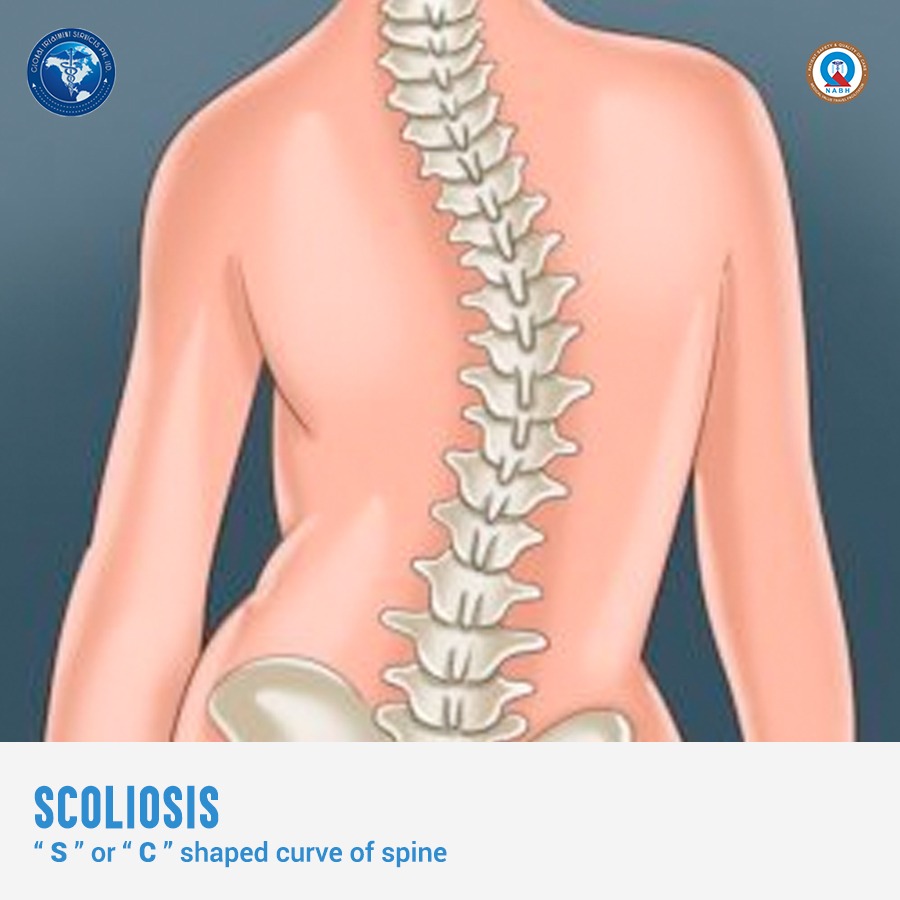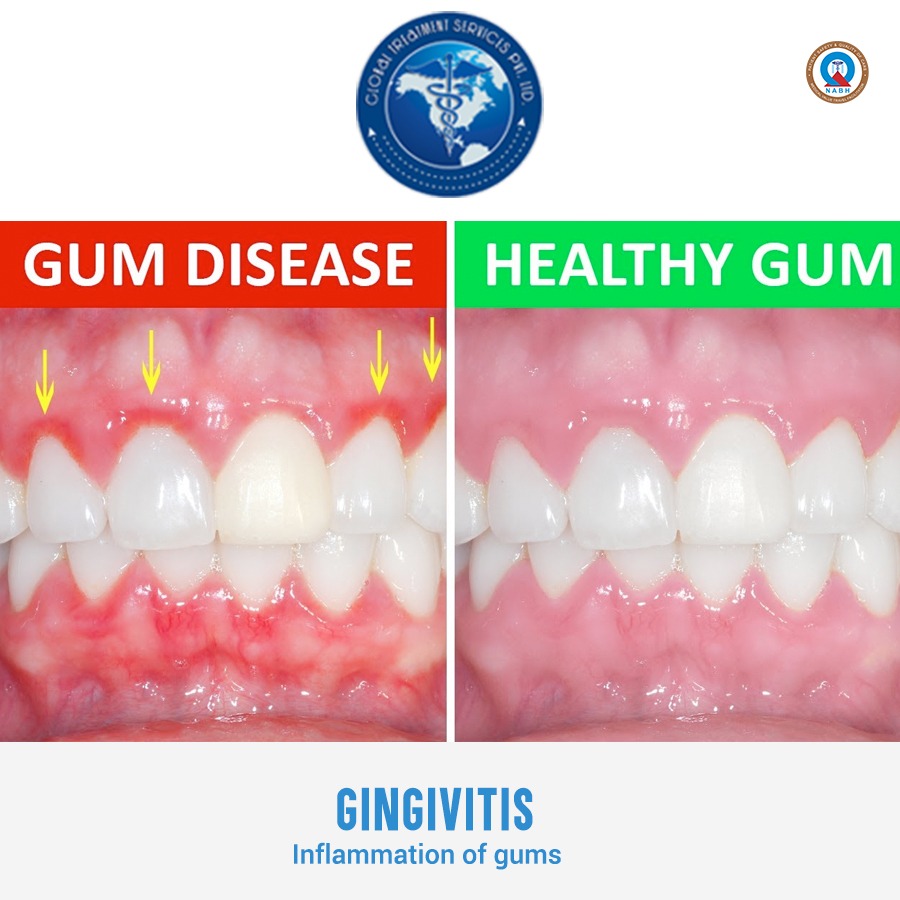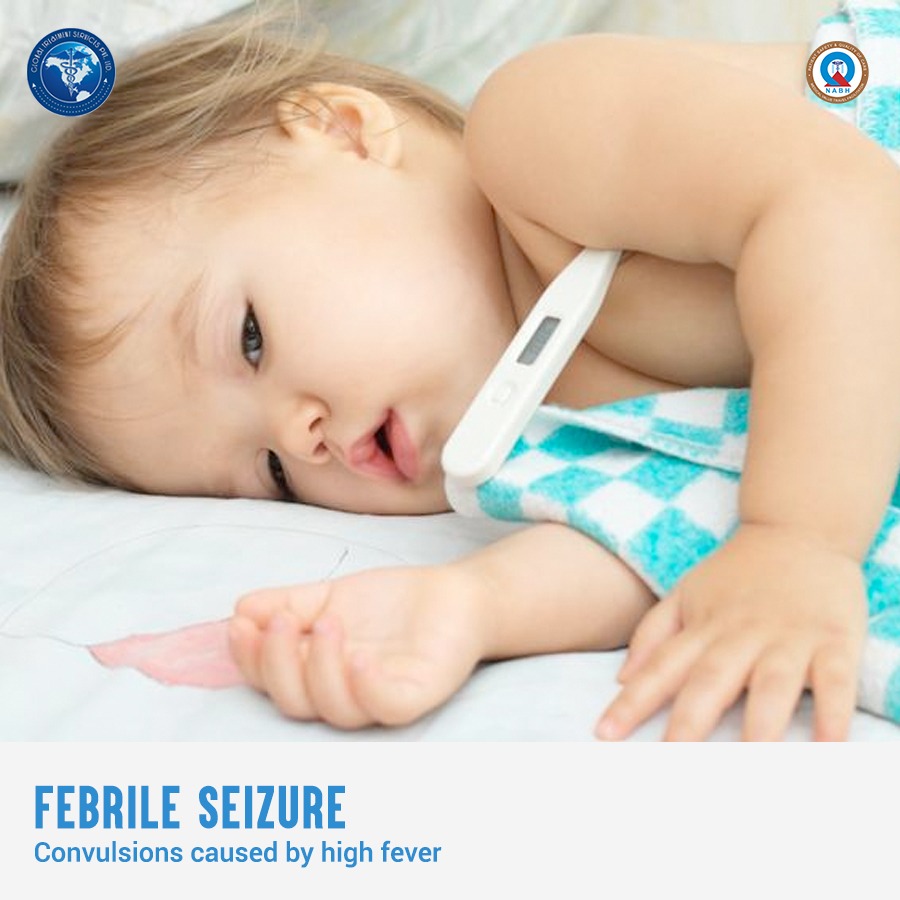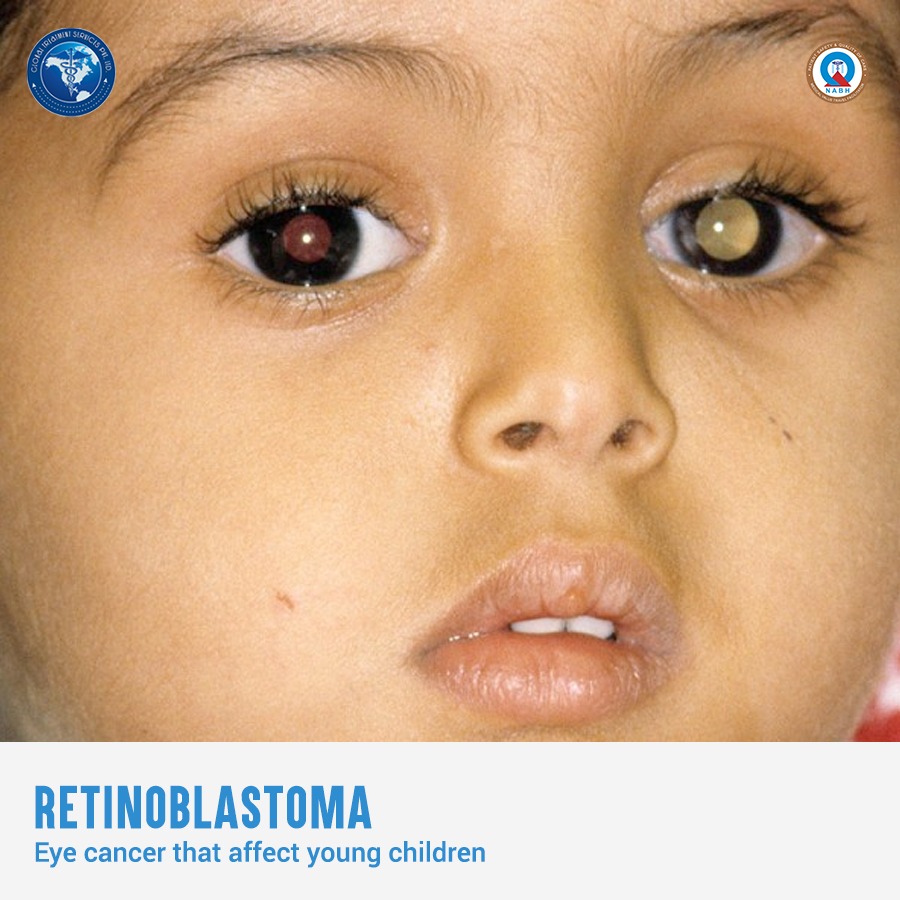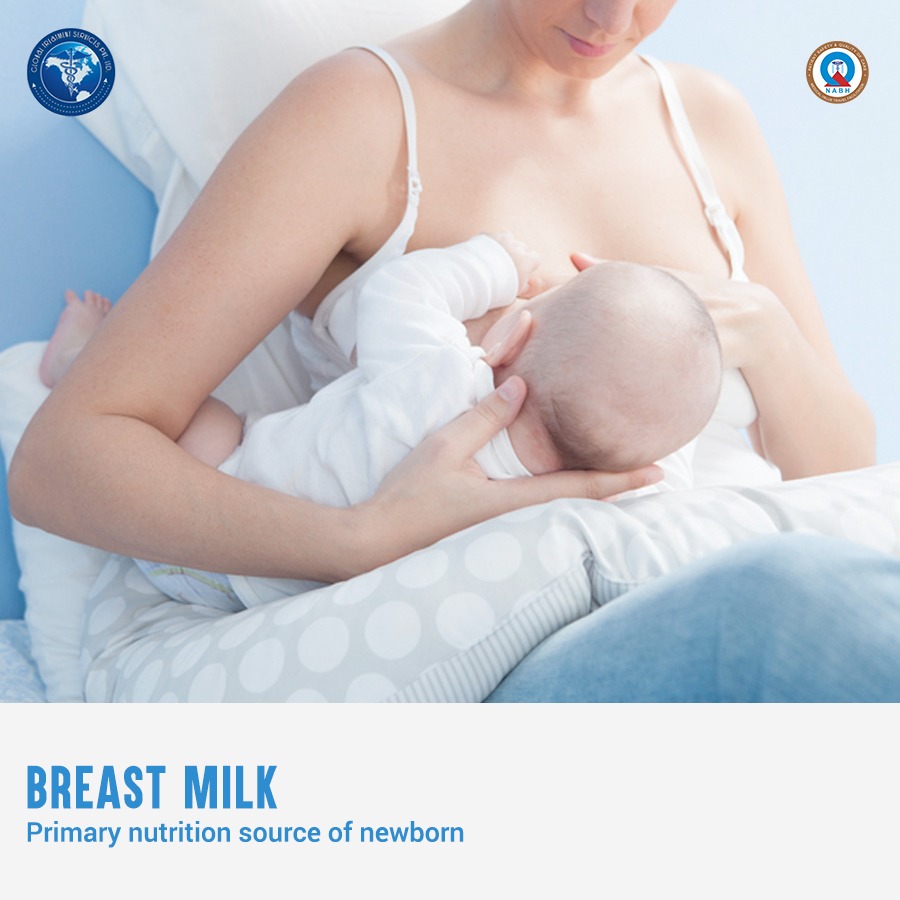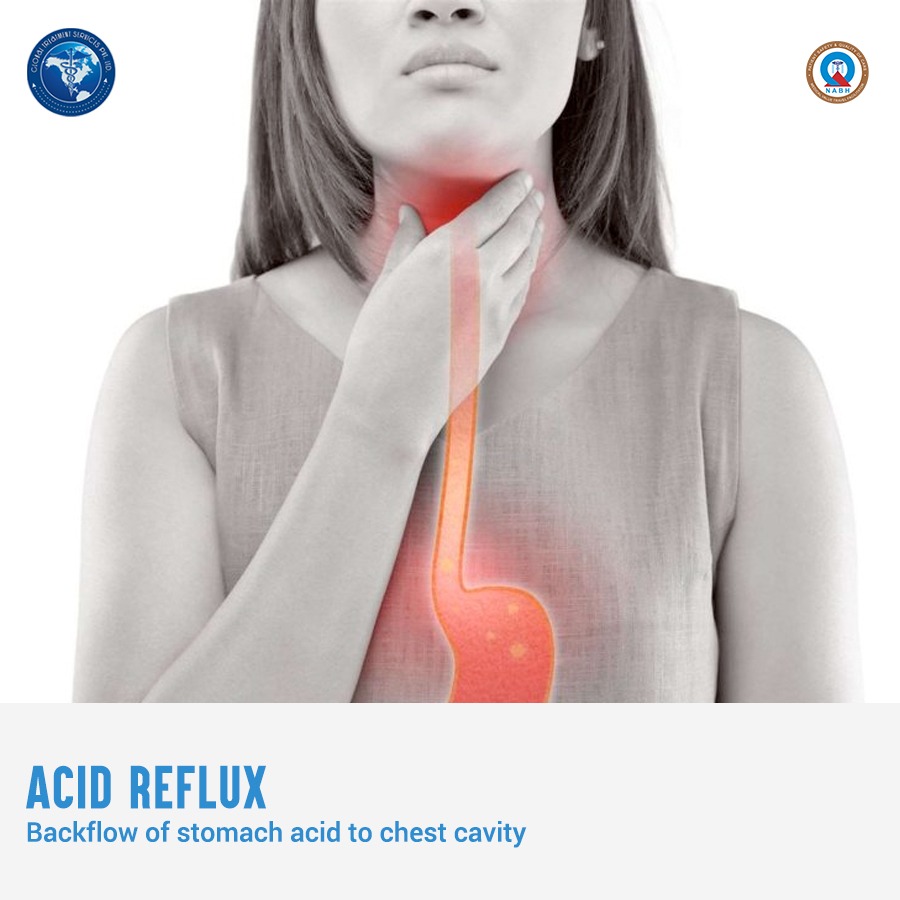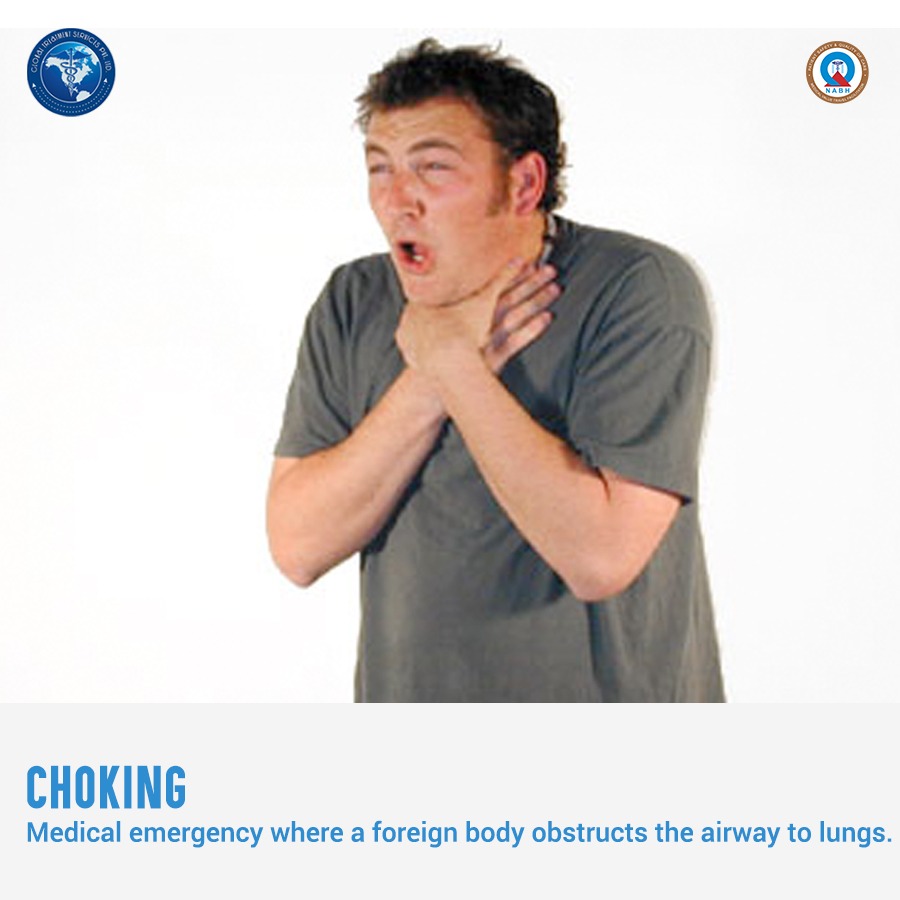Tuberculosis (TB) is a disease caused by bacteria called Mycobacterium tuberculosis. The bacteria usually attack the lungs, but they can also damage other parts of the body.
TB spreads through the air when a person with TB of the lungs or throat coughs, sneezes, or talks. If you have been exposed, you should go to your doctor for tests. You are more likely to get TB if you have a weak immune system.
Symptoms of TB in the lungs may include
- A bad cough that lasts 3 weeks or longer
- Weight loss
- Loss of appetite
- Coughing up blood or mucus
- Weakness or fatigue
- Fever
- Night sweats
Skin tests, blood tests, x-rays, and other tests can tell if you have TB. If not treated properly, TB can be deadly. You can usually cure active TB by taking several medicines for a long period of time.
Treatment
Given the many effective medications available today, the chances are great that a person with TB can be cured. It is important, however, for the person to understand the disease and to cooperate fully in the therapy program.
Both latent TB infection and active TB disease are treated with antibiotics. Treatment lasts at least six months because antibiotics work only when the bacteria are actively dividing, and the bacteria that cause TB grow very slowly. While latent TB infection can be treated with only one antibiotic, active TB disease is treated with several antibiotics at one time, to decrease the chances that the bacteria will evolve resistance to the drugs. Active TB disease must be treated aggressively, and patients may have to start treatment with a hospital stay to keep them from spreading the disease. After a few weeks, they will feel better and will no longer be infectious.
The biggest danger in TB treatment is that the patient will not take antibiotics on schedule. This gives the bacteria the opportunity to develop resistance to the drugs, rebound, and become much more difficult to treat. Therefore, it is crucial to take all of your drugs as instructed. Most treatment programs require that a health care professional watch you take every dose.
Your doctor may monitor you during treatment with blood tests to check your liver, sputum tests to see if the bacteria are susceptible to the antibiotics you are taking, and chest X-rays to look for signs of disease.
Extrapulmonary TB is active TB disease in any part of the body other than the lungs (for example, the kidney, spine, brain, or lymph nodes). Treatment for extrapulmonary disease is basically the same as for TB in the lungs except that TB involving the brain or bones is treated longer.











